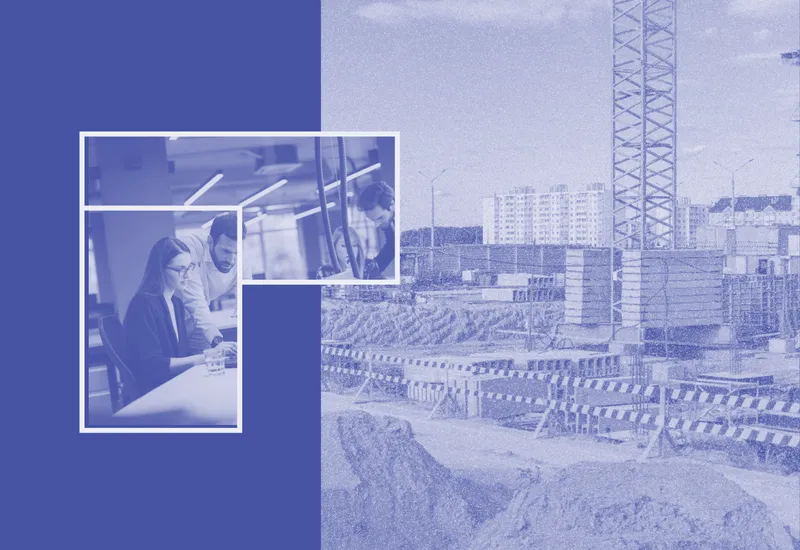What Are Soft Costs in Construction?

What Are “Soft Costs” in Construction?
When planning a construction project, understanding the full scope of costs is crucial for accurate budgeting and project management. Real estate professionals in development and construction lending are impacted by cost and budgeting issues. Construction costs generally fall into two categories: hard costs and soft costs. Let’s explore what each means and why distinguishing between them matters.
What are hard costs?
Hard costs, also known as “brick and mortar” costs, are the tangible, physical expenses directly related to construction. These include:
- Building materials (lumber, concrete, steel, etc.)
- Labor costs for construction workers
- Site preparation and excavation
- Physical equipment and machinery
- Landscaping
- Utility installation
These costs are typically easier to estimate because they involve physical, measurable items and standard labor rates.
What are soft costs?
Soft costs are indirect expenses that, while essential to the project, don’t involve physical construction materials or labor. These include:
- Architectural and engineering fees
- Building permits and inspection fees
- Insurance and bonds
- Property taxes during construction
- Legal and accounting fees
- Financing costs and interest
- Environmental testing
- Marketing and advertising expenses
While less tangible than hard costs, soft costs typically account for 25-35% of a project’s total budget.
Why the difference matters
Both construction developers and equity partners need to differentiate between hard and soft costs. For project owners, accurately defining costs assists with budget planning and forecasting. The distinction may impact timeline considerations; soft costs often occur before and after the actual construction phase, while hard costs take place during construction.
In construction loan administration, lenders typically treat hard and soft costs differently. They may require different tax strategies and depreciation schedules or carry different risks. By properly accounting for both hard and soft costs, real estate development professionals can better control budgets, maintain schedules, and ensure successful project completion.
















